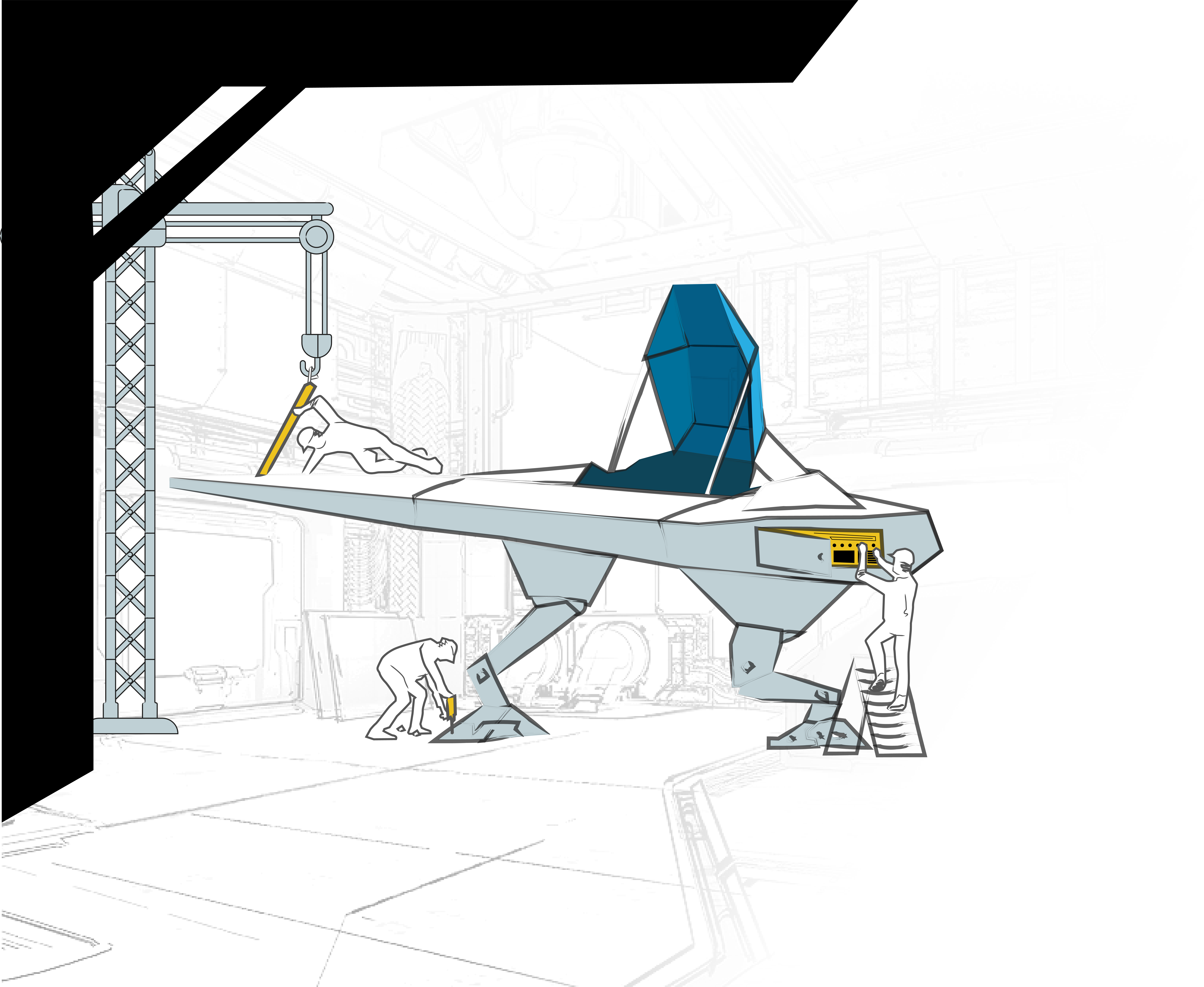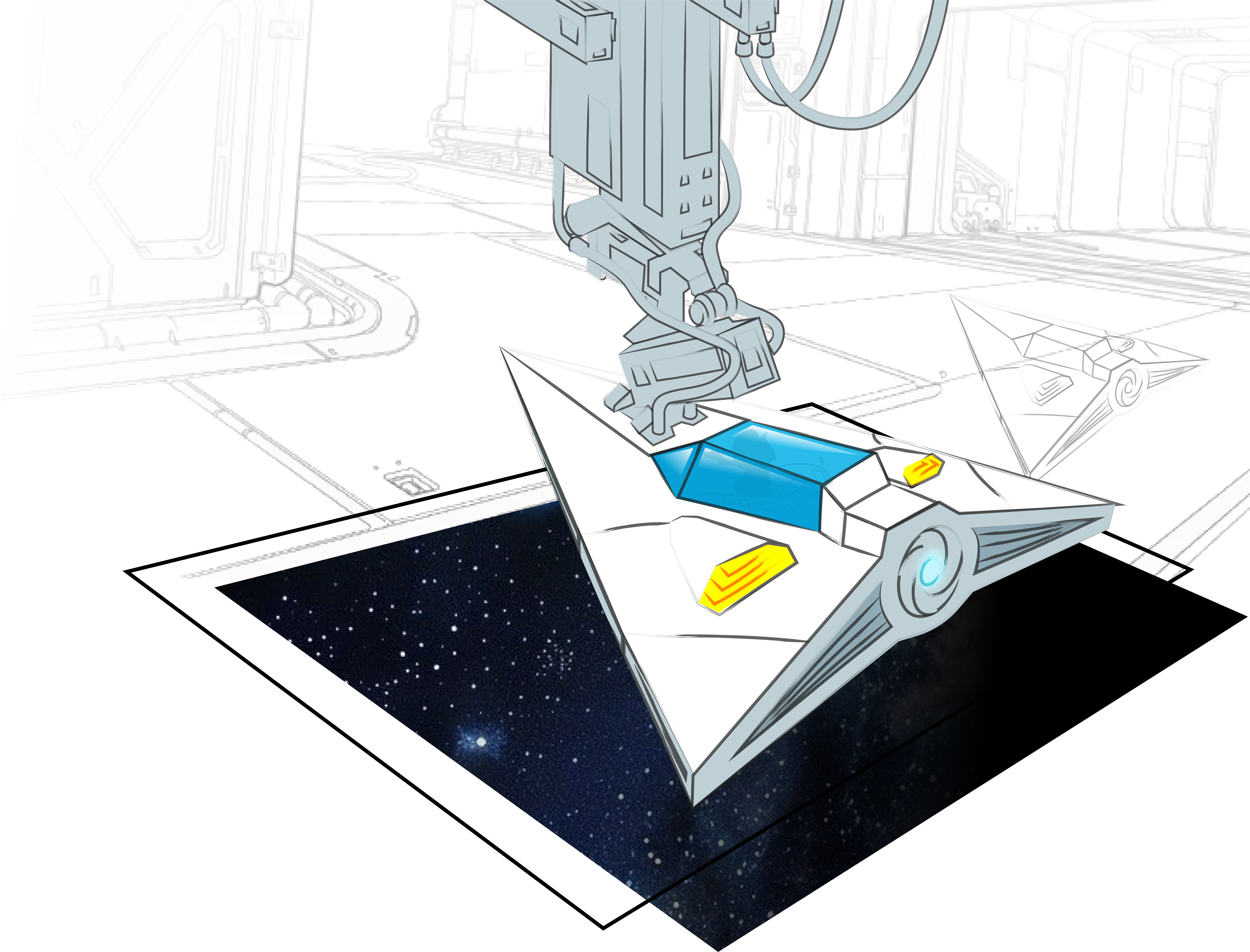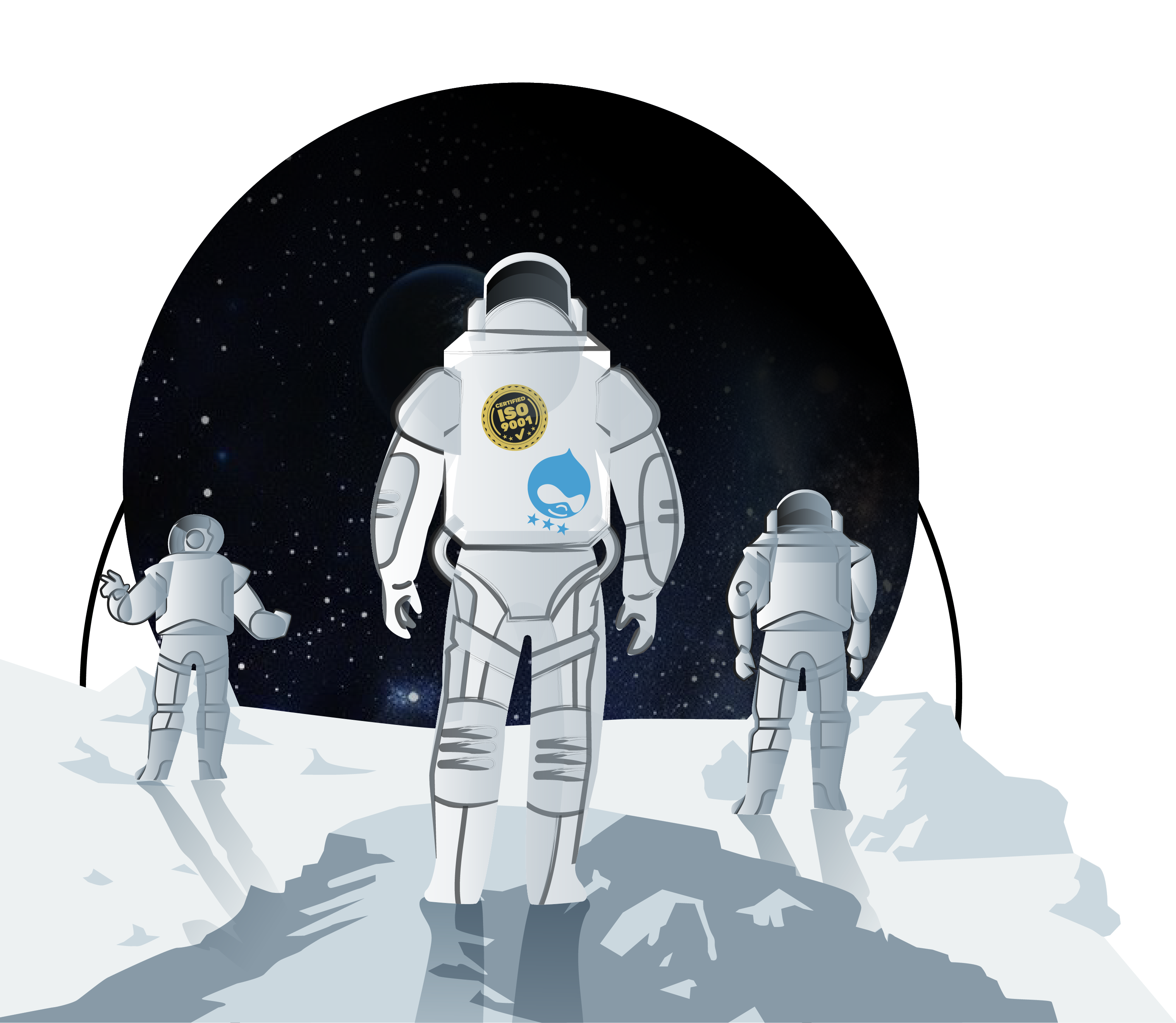
Count on us to Deliver Results
We start with the end in mind and work transparently through feedback-driven iterations to ensure that expectations are aligned and desired results are achieved. This is the Agileana way.

Fixing Technical Problems and Continuously Improving Digital Services
We get to the root of the problem using causal analysis and resolution. We perform rigorous testing and quality assurance using automation and behavior driven development. Our goal is to get it done right and deliver clean, quality code.

Secure Solutions for Your Digital Transformation
Our core capabilities encompass cloud engineering, web and mobile development, cybersecurity, and DevOps, all supported by a seasoned team dedicated to delivering efficient, secure, and impactful digital solutions.

Certified Professionals, Proven Processes
We are highly-competent web professionals ranging from PMP® certified project managers to Acquia® certified Drupal™ experts. We solve problems and deliver IT solutions using best practices from ISO®, ITIL®, CMMI®, and PMI®.





